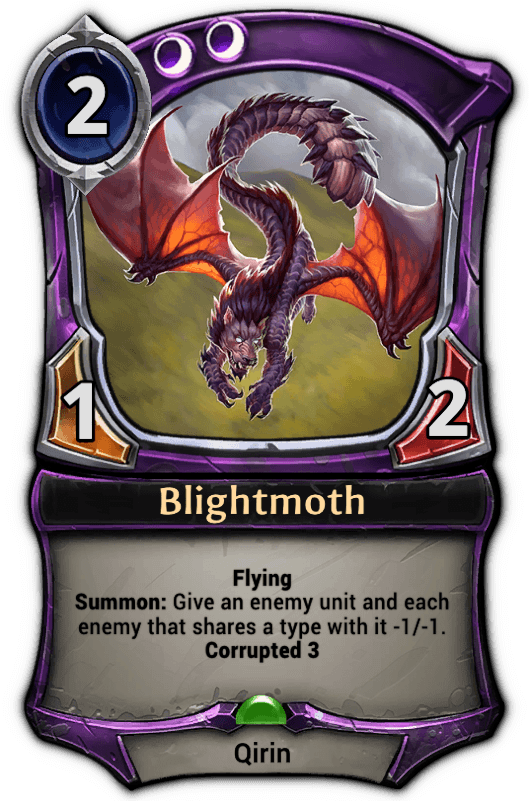

Each player attempts to 'oust' (remove from game) his 'prey' (the player to his left) while defending himself from his 'predator (the player to his right). Therefore, players continually have to make decisions based on how much they want to invest into assets in play and how much to retain to stay alive, especially against other players capable of sudden dangerous 'bleeds' (direct attacks on the players pool).Įach turn one player directs his minions to perform a number of actions and attacks, which other players' minions may intercept or interrupt. Pool represents the player's influence, and if it is reduced to zero the player is out of the game (each player starts the game with 30 pool). Some cards have no cost in resources to play, in other cases to put a card in play it must be paid for using 'pool' or the blood on his vampires. Most cards in the library can only be used in conjunction with vampires. 'Library' - containing cards generally representing assets or actions to be taken during the game. 'Crypt' - containing cards representing vampires (and in some cases mortal allies) that the player may control during the game. Two-player games (and to some extent three-player games) also suffer from lack of opportunity for the kind of inter-player alliances and treachery that are a large part of the game.Īs in most other collectible card games, each player designs his or her own deck. Group play with more than six players is rare, as an individual's turn can easily take two to three minutes, causing a slow game for all. The game is ideally played by a group of four or five players, but it can be played by any number of players from two up.

To that end, the Methuselahs will control and manipulate a number of minions (mostly younger vampires) to attack and destroy the other Methuselahs' resources. Each Methuselah will try to eliminate all others by nullifying their influence and power. In VTES, each player takes on the role of a Methuselah, an ancient and manipulative vampire, who is not itself present in the struggle, but acts from afar. publishes no further official products for the roleplaying game. After the events of Gehenna ended the official World of Darkness storyline, VTES is considered a sort of alternate reality of the setting, as it continues though White Wolf, Inc. The game is set in the World of Darkness, drawing mainly from the Vampire: The Masquerade role-playing game. In an interview with Robert Goudie, Garfield particularly notes dedicated multi-player (3+) rules, a lack of "land cards", and a more rapid card drawing mechanism (cards normally being replaced instantly after being played). Richard Garfield noted that the experiences he had made with the Magic: The Gathering collectible card game had helped him to improve his design of the game.

White Wolf announced that Vampire: The Eternal Struggle would cease production on the 10th of September, 2010 It is thus one of the oldest collectible card games in existence. After the 1996 Sabbat expansion, Wizards of the Coast abandoned the game, and in 2000 White Wolf took over development. As Garfield's first follow-up to his popular Magic: The Gathering collectible card game, he was eager to prove that the genre was "a form of game as potentially diverse as board games" In 1995 the game was renamed from Jyhad to Vampire: The Eternal Struggle to increase its appeal and distance itself from the Islamic term Jihad

The game was designed in 1994 by Richard Garfield and initially published by Wizards of the Coast. Vampire: The Eternal Struggle, published as Jyhad in the first or "Limited" edition and often abbreviated as VTES, V:TES or V:tES, is a multiplayer collectible card game set in the World of Darkness.


 0 kommentar(er)
0 kommentar(er)
